The Louis XIII style influenced French Art and Architecture, particularly the visual and decorative arts in the years 1610 to 1643.
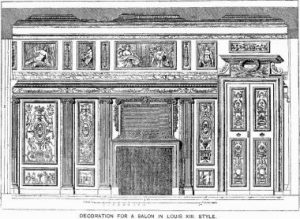
Image source: https://commons.wikimedia.org/wiki/File:Decoration_of_a_Salon_in_Louis_XIII._Style.jpg
Furniture
In the early 17th century French furniture began a new artistic direction, with Cardinal Richelieu as prime minister and Simon Vouet as a prominent leader in the art-world. Life in France became luxurious and the demand for furnishings increased. Louis XIII Style furniture was featured with dark tones and ornaments, including cartouche with a convex curve, twisted columns, and few ornamental leaves.
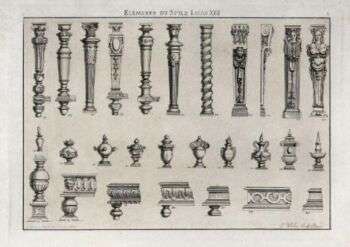
Image source: https://search.creativecommons.org/photos/54e422fe-1339-41fd-aed5-3e5258dabcd2
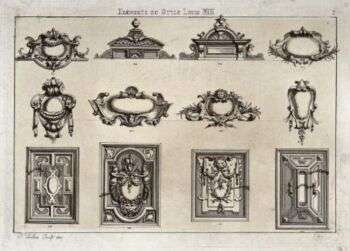
Image source: https://search.creativecommons.org/photos/f35abef2-03d6-46d6-bad3-ee18f2d30426
Historical Context
Under Louis XIII, security and wealth were at the height of importance. Many rich people opened up their minds to new furniture, style, and life at home. Comfort and social ability became important for etiquette and polite conversation. This idea was a French invention but continued through the Elizabethan Era in England.
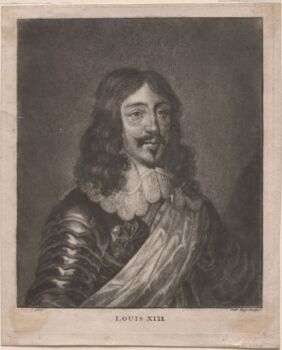
Image source: https://search.creativecommons.org/photos/7079ecca-ba5f-4b40-a254-6d1e8ee620b1
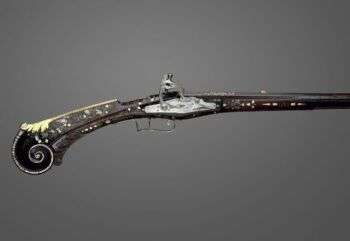
Louis XIII’S Furniture Characteristics
His furniture can be distinguished finding the following features:
- Simple and sharp shapes
- Upholstered seating
- The back panel applied to the frame with silvered nails. Often depicted in charming engravings of French interiors by many artists of the period.
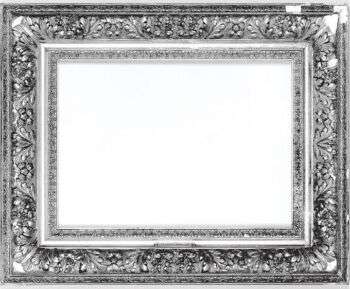
Damasks and fancy velvets were the main features produced well-made fabrics but also cheap furnishings. The discovery of the passage of Cape of Good Hope allowed trading silks in Asia. Arabian style, called Moresque or Arabesque was also present, and the oriental spirit was present in the woods. Moreover, cabinets became the height of fashion in France during this time.
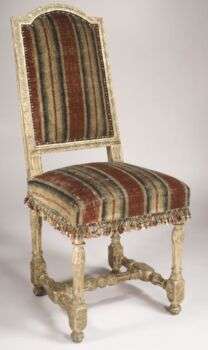
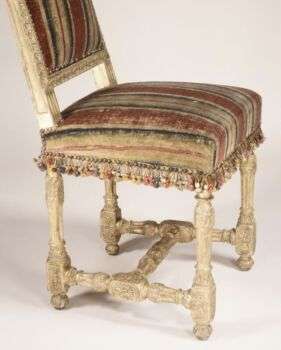
Ebony was imported to France from Africa, Madagascar, and India. In France, the skilled workers make cabinets and were called “ébénistes.” The outside of this cabinet is adorned engraved illustrations from a novel, first published in 1624. Many forms of furniture were made for everyday use, such as the divan and console, which were invented in this period. Further, ornament-style became to vary among these pieces.
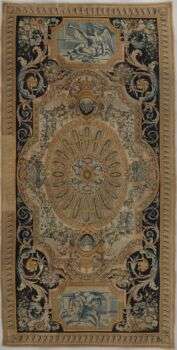
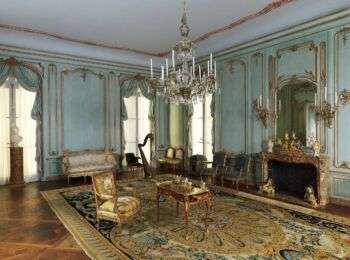
The chairs are boxy, but made more comfortable and used for ordinary purposes. Sometimes they were in sets, but they were usually covered with velvet, brocade, tapestry, or needlework.

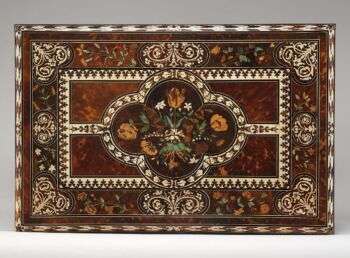
Bedroom furniture became luxurious, and walls commonly had ornamental friezes. Cane were commonly covers for chairs, and reception beds became common. Many of these trends survived until the great period of French baroque furniture, and were the main characteristics of Louis XIII-style furnishings.
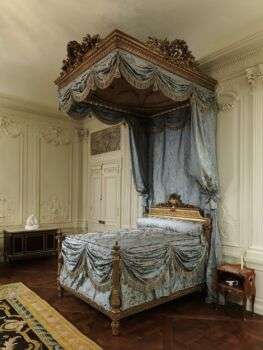
Louis XIII Style Painting
Flemish and Dutch Baroque styles influenced Louis XIII-style painting. Also, the South, through Italian Mannerism and early Baroque, contributed to this painting style. French painters fused Italian Mannerism with love scenes. Important painters of this time included Georges de La Tour, Simon Vouet, and the Le Nain brothers.
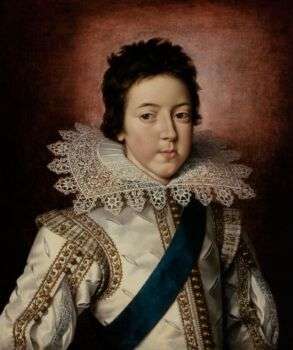
Image source: https://search.creativecommons.org/photos/35c97a73-8877-468a-b4e6-8c45abc34a80 by Fæ
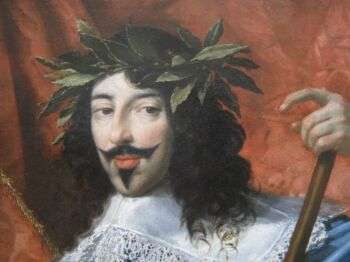
Image source: https://search.creativecommons.org/photos/463bb881-def8-42f3-bbed-b45c9a66cd01 by waitscm
Louis XIII Architecture
Italian styles also influenced Louis XIII architecture. The greatest architect of the era, Salomon de Brosse, designed the Palais du Luxembourg. Jacques Lemercier completed the building in a classic style. Sculpture in France during this period was not of outstanding quality, but flourished under Louis XIV. The Mannerist influences were so important that a French-style did not flourish again until the second quarter of the century.
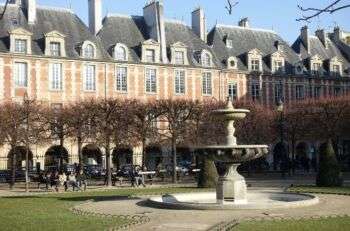
Image source: https://search.creativecommons.org/photos/7de18f35-44e1-4bbd-9374-d3239bcc3719 by Guilhem Vellut from Paris, France
Info source:
http://www.britannica.com/art/Louis-XIII-style
http://www.furniturestyles.net/european/french/louis-xiii.html
http://www.artquid.com/page/11/the-renaissance-and-louis-xiii-style.html
Please also visit: http://www.jbdesign.it/idesignpro
